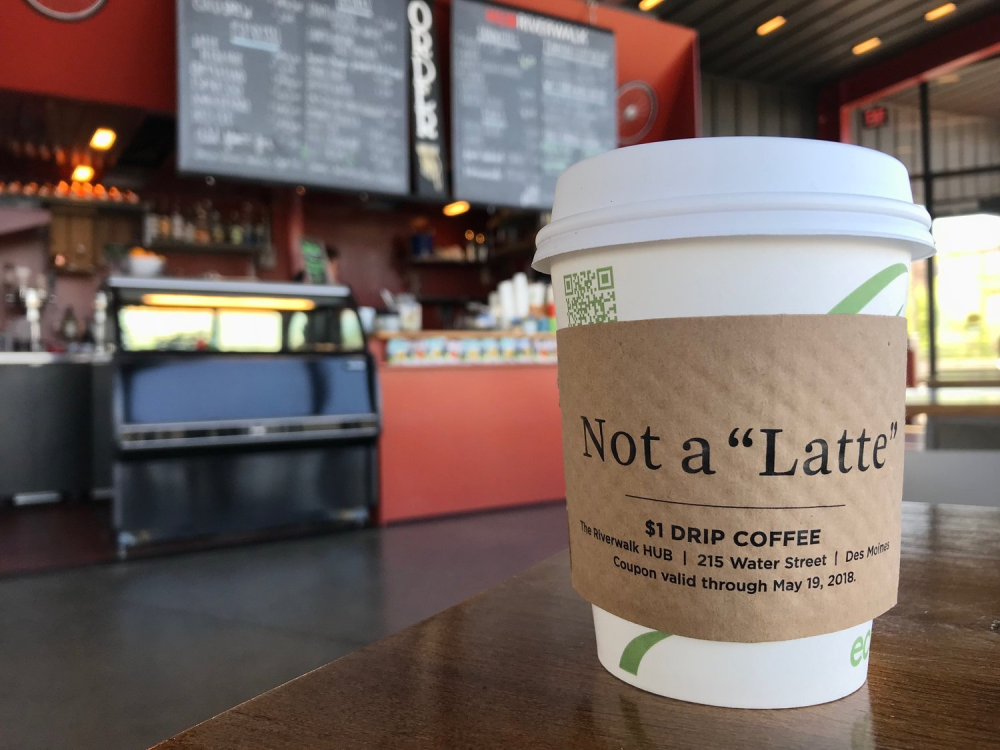Perspective of Pesticides
May 21, 2018
By Kelly Visser, Iowa Food & Family Project

Corn and soybeans are resilient. They can survive unpredictable Iowa weather and still produce enough crop to feed livestock, fuel our cars and fill our kitchens with food.
Even though corn and soybeans are pretty darn tough, they can’t always fight off pests like weeds or insects on their own. That’s why farmers use pesticides. Pesticides keep plants healthy and productive by controlling weeds that may steal a plant’s sunshine, nutrients and water, and insects that may make the plant their next meal.
“There’s a common misconception that farmers carelessly use a lot of harsh chemicals on our fields, but that couldn’t be farther from the truth,” says Nicole Yoder, a farmer from Decatur County. “We only use pesticides when necessary and apply them very precisely.”
When a farmer sprays their fields, most of what is sprayed is water. For one acre of corn or soybeans, which is about the size of a football field, farmers apply about 12 ounces of pesticide. For perspective, this is the same volume as a small cup of coffee.
Farmers manage pesticide application down to the droplet to ensure the product is being used effectively and efficiently. Modern spraying technology prevents farmers from applying pesticide in an area that has already been sprayed or is near a waterway.
“Our priority is to grow healthy crops and to care for our land. After all, this is where we raise our family and how we earn a living, both today and in the future,” says Yoder.
Do you have a question about how farmers use pesticides? Complete this form and we’ll get your question answered by an Iowa farmer.